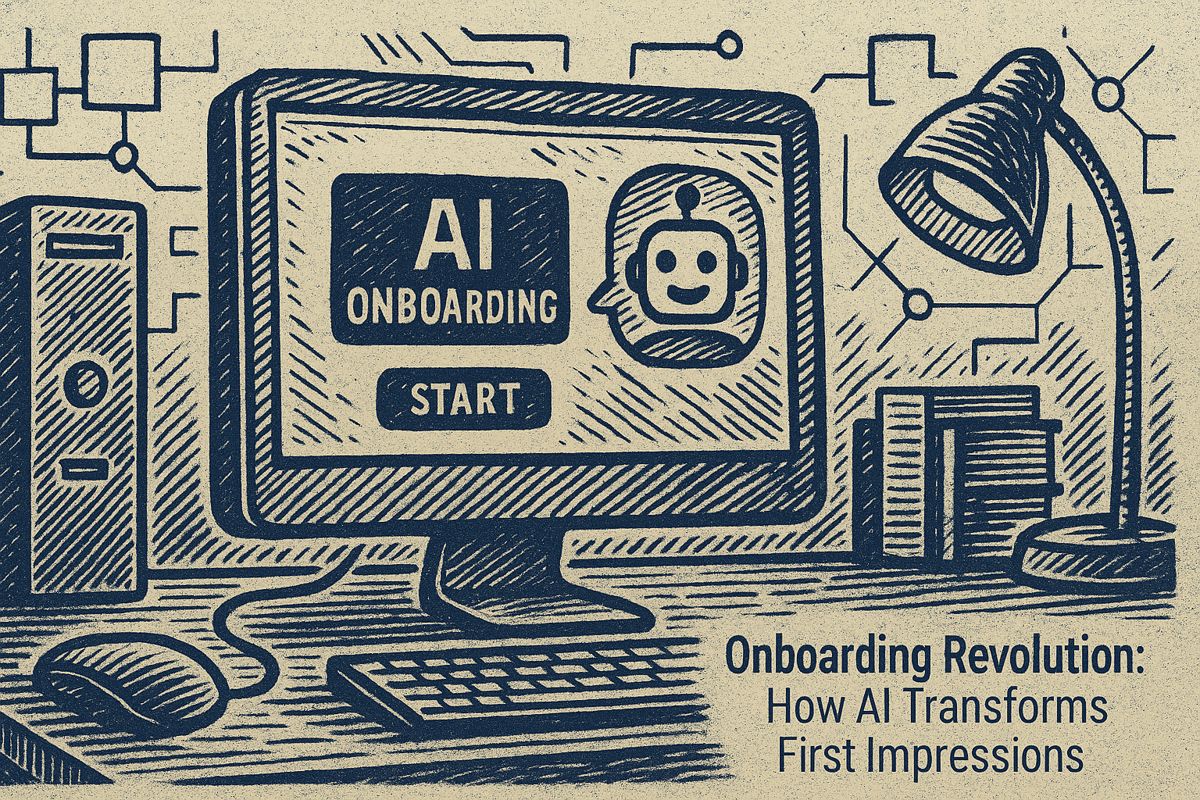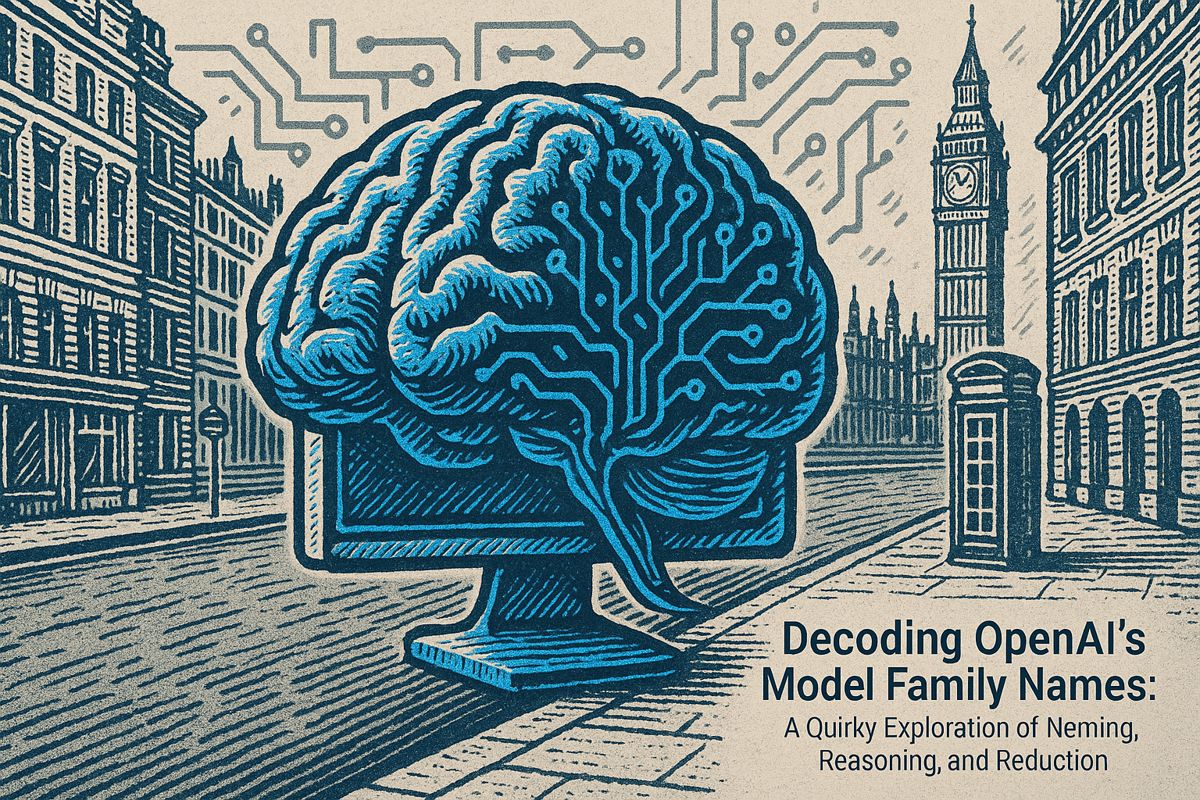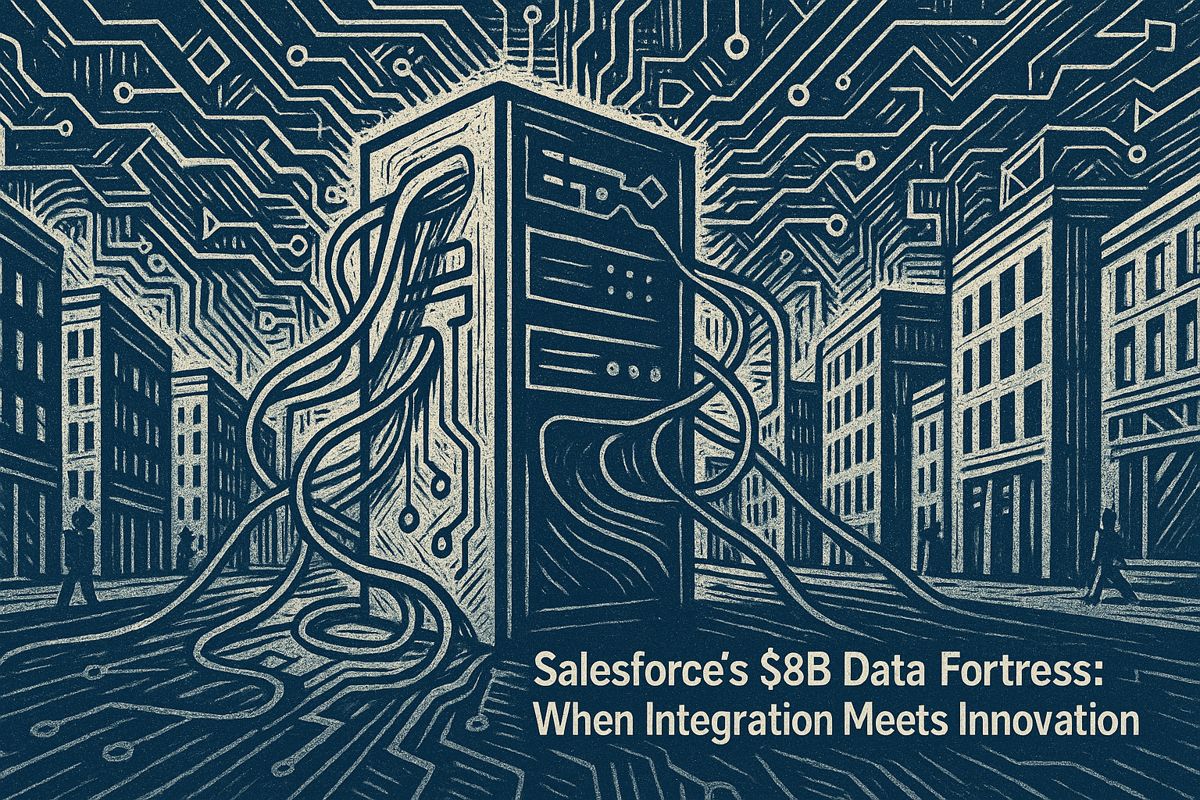Here’s the text with the most important phrase emphasized in markdown bold:
Cora Computer’s new onboarding revolutionizes user experience with AI-powered, interactive tutorials that transform learning from a confusing maze into a guided mountain trail. By offering personalized checklists, contextual AI guidance, and engaging micro-interactions, the platform dramatically reduces ramp-up time and makes getting started feel intuitive and rewarding. The approach turns onboarding from a static, boring process into a dynamic journey that anticipates user needs, provides real-time support, and creates a sense of progress with each interaction. This innovative method isn’t just about introducing a product, but about creating a memorable first conversation that makes users feel smart and supported. The result is a seamless, almost conversational experience that feels more like hiking with a knowledgeable friend than trudging through a complicated manual.
What Makes Cora Computer’s New Onboarding Revolutionary?
Cora Computer’s AI-powered onboarding transforms user experience by offering interactive tutorials, contextual AI guidance, and personalized checklists that reduce ramp-up time and make learning intuitive, engaging, and remarkably efficient.
Nostalgia for Getting Lost (and Why It Matters)
I watched Dan Shipper’s video on Twitter last night, walking through Cora Computer’s latest onboarding. The UI gleamed like the surface of a cold river at sunrise, every prompt crisp, every step clear. None of that “PDF and a prayer” nonsense from my early days at a fintech startup, where onboarding meant scrolling through a static doc while praying not to break anything. I’ll admit, there’s a bittersweet nostalgia in remembering just how lost a person can feel trying to decipher a product with only a manual and some wishful thinking. Now, onboarding is less about dumping information and more about telling a story – a company’s first conversation, really.
But isn’t it curious how the origin stories behind platforms can shape our perceptions? Take Kieran Klaassen, one of Cora’s creators. Rumor has it, he conjured up the first MVP overnight, likely fueled by caffeine and stubborn optimism. Suddenly, the prototype existed – code, ambition, and a touch of insomnia stitched together. That’s not just a product launch; it’s a pulse-check on the company’s very DNA.
I wonder: do most users realize how much sweat and improvisation goes into these seamless flows? Sometimes I forget myself, until I trip over an old onboarding doc and shudder. Yikes.
The Facts: What Every and Cora Changed
Let’s get the details straight, before we chase metaphors up the mountain. The Every team has unveiled an interactive onboarding for Cora Computer, brimming with AI-fueled support. Dan’s video walkthrough made the new flow look almost… inviting. Reports claim the ramp-up time for new employees has dropped by a double-digit percent (I’d love to see the precise delta). Interactive tutorials, contextual AI cues, and evolving checklists now steer users through the labyrinth.
Every isn’t a simple newsletter anymore. It’s grown into a platform boasting AI tools (hello, Sparkle for file wrangling and Spiral for content remixing), a Discord community, and even the “AI & I” podcast. Premium subscribers unlock extra perks – a trifecta of apps and a subscriber checklist that’s more than just a to-do list; it’s an engagement engine, soon to get even flashier.
There’s something almost tactile about this experience. The checklist pulses when you tick a box, a subtle vibration buzzing through your mouse. That’s not a throwaway detail – it’s a sensory reminder you’re making progress, not just clicking into the void.
The Shift: From Old-School Tooltips to AI Guides
I’ve survived the “walkthrough” era: Clippy’s haunted gaze, dry screencasts, the parade of tooltips begging to be dismissed. But this? Cora’s onboarding feels alive. AI doesn’t just repeat answers – it anticipates. Ask a question and you get context, not a generic help doc but the next step tailored just for you. It’s less like following a faded map and more like hiking beside a friend who’s been here before, pointing out where to step and what to avoid.
The psychology is sound, too. Progress bars and micro-wins hit the brain’s dopamine circuits. Every is, in effect, turning onboarding into a series of little rewards – a slot machine for productivity, where every checkmark is a jackpot. Meanwhile, the team collects real-time feedback on what delights or frustrates, feeding it straight into product development.
Confession: I once believed onboarding was just “setup.” Now, I see it’s the front door and the welcome mat. The first five minutes decide whether you feel savvy, bewildered, or ready to bolt.
Where Onboarding is Heading (and Why It Sticks)
I’m genuinely excited (and mildly envious) watching companies treat onboarding as a living, breathing product. Every’s evolving checklist isn’t just a sequence – it’s a personalized, interactive map that grows with you. This is product-led growth, steeped in behavioral insight. Get people up to speed fast, make them feel smart, and voilà – you’ve built the beginnings of a habit. That’s what keeps users coming back, and what SaaS companies dream of.
Here’s my favorite metaphor: Old onboarding was a dusty road map. The new breed is GPS – talking back, recalibrating, sensing when you’ve missed a turn. Which would you rather have when you’re dropped into a city you’ve never seen before?
So what does this all mean, really? For employees, it’s less time floundering and more time contributing. For users, the friction melts away. For Every, engagement spikes, and churn drops. The playbook is changing. AI-powered onboarding isn’t an experiment – it’s becoming the standard, one satisfying click at a time.
If, like me, you’re prone to nosiness (and the occasional rabbit hole), check out Dan Shipper’s video or browse Every’s site. Sometimes the best way to learn where onboarding is going is to follow the breadcrumbs yourself. And if you get a little lost… well, maybe there’s still some charm in that.
Oops. Almost forgot – the “AI & I” podcast? It’s surprisingly sharp. I recommend an episode for the commute.



















